For years the major tourist attraction of Australia’s Red Centre has been a visit to Uluru — previously known as Ayers Rock —and the strenuous climb up the rock. But from tomorrow everything will change. It will henceforth be illegal to climb the rock, with a fine of “up to $10,000” hitting those who do.
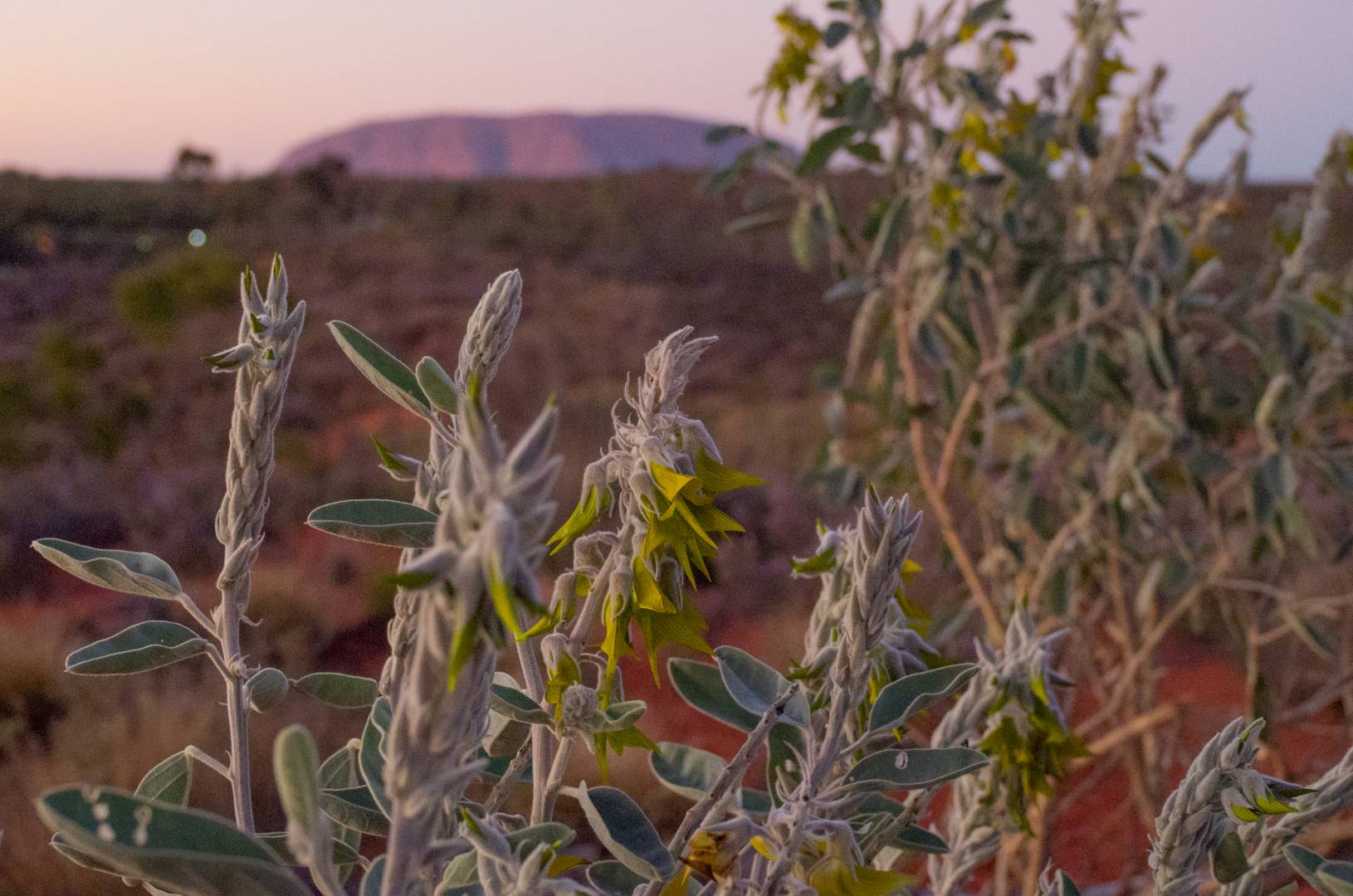
The news is all over the papers today — certainly in Australia and in the Uk and possibly throughout the world. Originally the closure had been scheduled for the end of this month but it was brought forward because October 26 is exactly 34 years since the traditional Aboriginal owners re-acquired their title to the Uluru-Kata Tjuta National Park area. Since then they have been fighting to close the climb because they regard the rock as a sacred place.
Safety
As well as the issue of the sanctity of the rock there is the question of safety. In recent years there have been 37 recorded fatalities of climbers. And, apparently, this number does not record climbers who suffer heart attacks or injuries on the rock and who die later. A 76-year-old Japanese tourist died while climbing the rock last year and last month a 12-year-old girl suffered serious injuries after falling 20 metres whilst descending the rock. Rescue crews are constantly being put in danger rescuing injured tourists on the rock.
The posts and chain up the climbing route are being removed so it is now even more dangerous to attempt the ascent (and probably even more dangerous on the way down again).
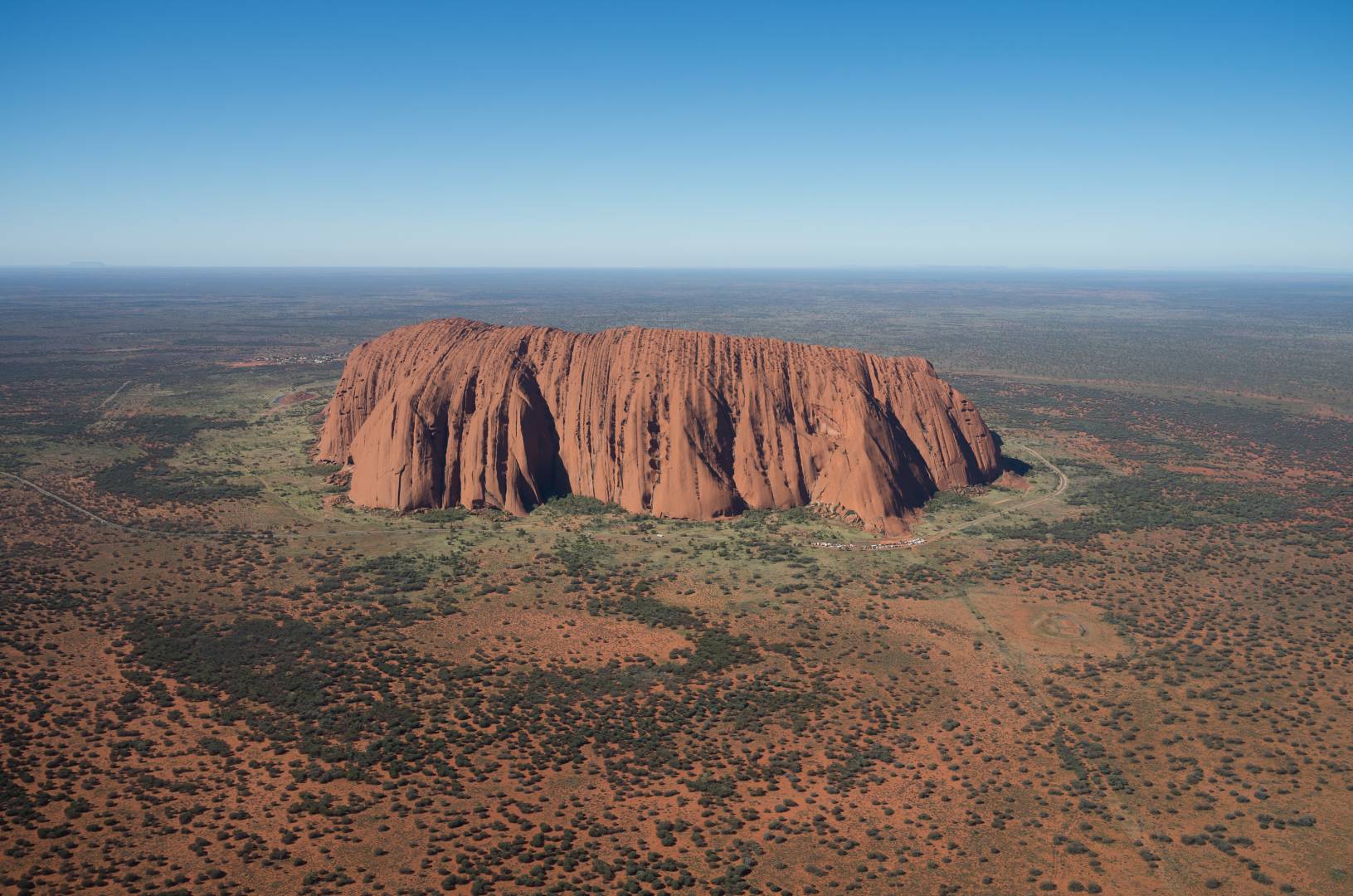
Not only is the climb itself challenging, with sheer drops on either side of the climb route, but many tourists do the climb at a time of the day when it is searing hot. We are not talking “isn’t-it-a-lovely-day” hot, we are talking 45-50ºC-or-more hot. Heat enough possibly to kill you even if you are super fit and carrying a lot of water.
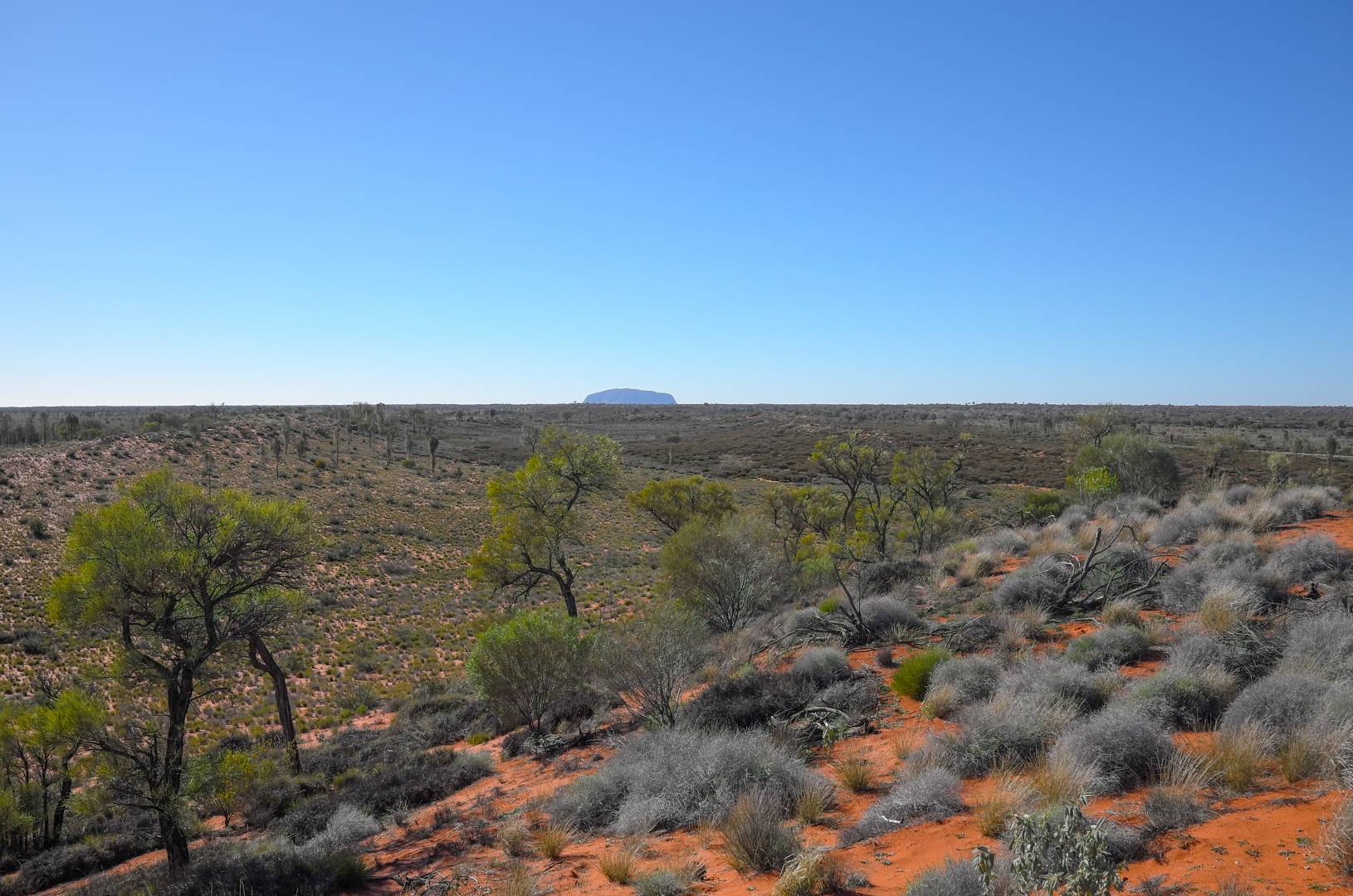
An additional issue is that of litter in its widest sense. There are no toilets or garbage bins on the rock. It is literally a smooth rock. The result is a very messy rock.
New reality
The traditional owners have been urging tourists for a number of years not to climb the rock. But a total ban has been resisted by tourist operators and very vocal “it’s our country we can do what we want” advocates but now the traditional owners have their wish. And the tourism industry is adjusting to the new reality with many tourists now doing the circular 10.5km base of the rock walk and more going to walk the canyons of nearby Kata Tjuta.
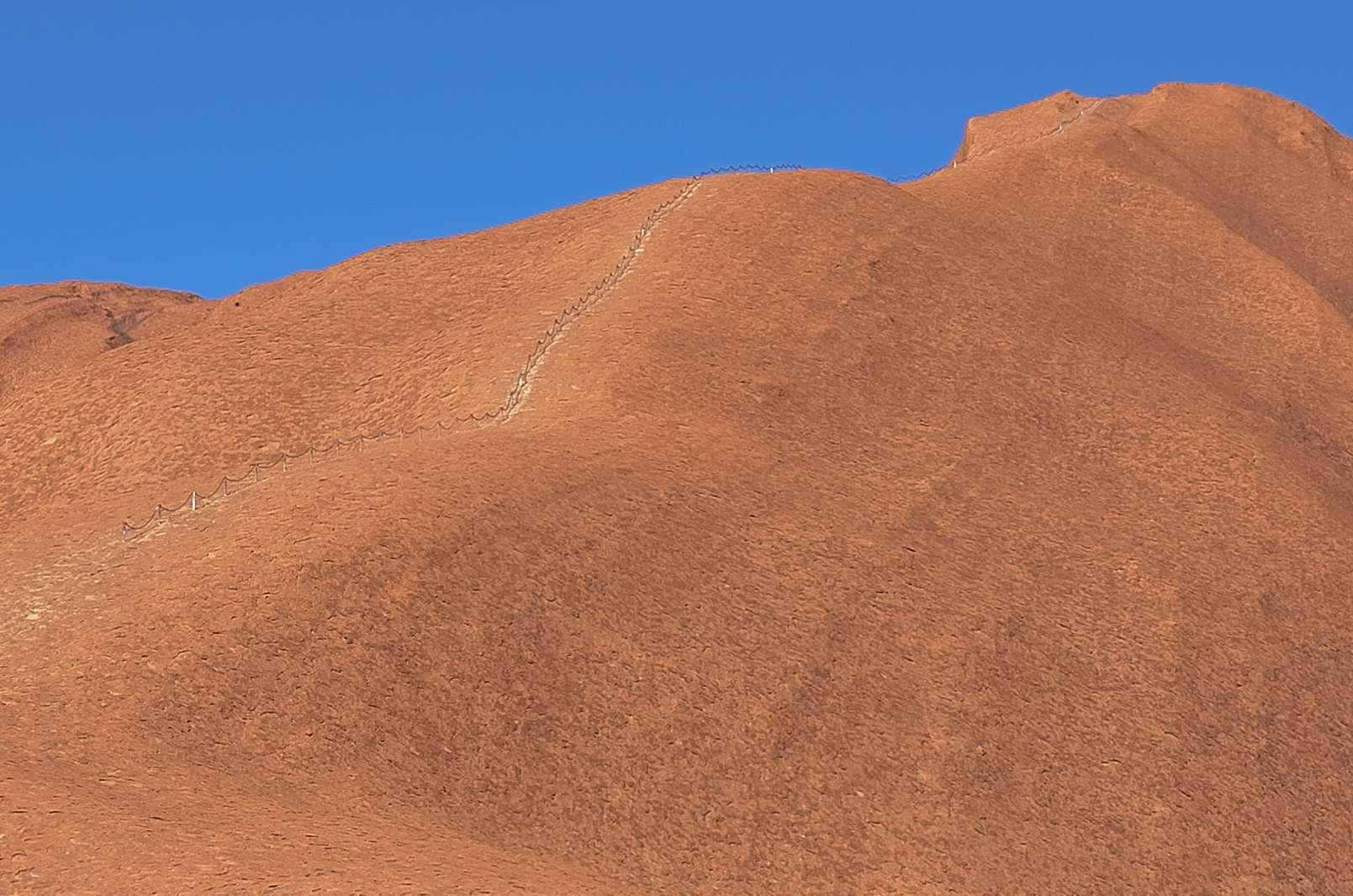
Where do I stand on this issue? Firstly I have to declare that I have climbed the rock — twice. The first was in 1984, in May, a cooler month, and the second time was in 1996 at the height of summer but early in the morning as the sun was peeping over the horizon and the temperature was still only in the high 20s but climbing fast. Some claim that you can see the curvature of the earth from the top. I cannot vouch for this personally but, anyway, as some of our local more conservative politicians tell us, the earth is flat it cannot be true.
As far as photography is concerned, the view is largely featureless apart from the Kata Tjuta formation — previously known as the Olgas. I carried my Leica M6 up to the top in 1996 but cannot find the photos. In any case, I do recollect that they were pretty ordinary. The view down is the spectacular aspect. I do remember that, along with my three fellow climbers, I was pretty anxious to get down before we were fried.
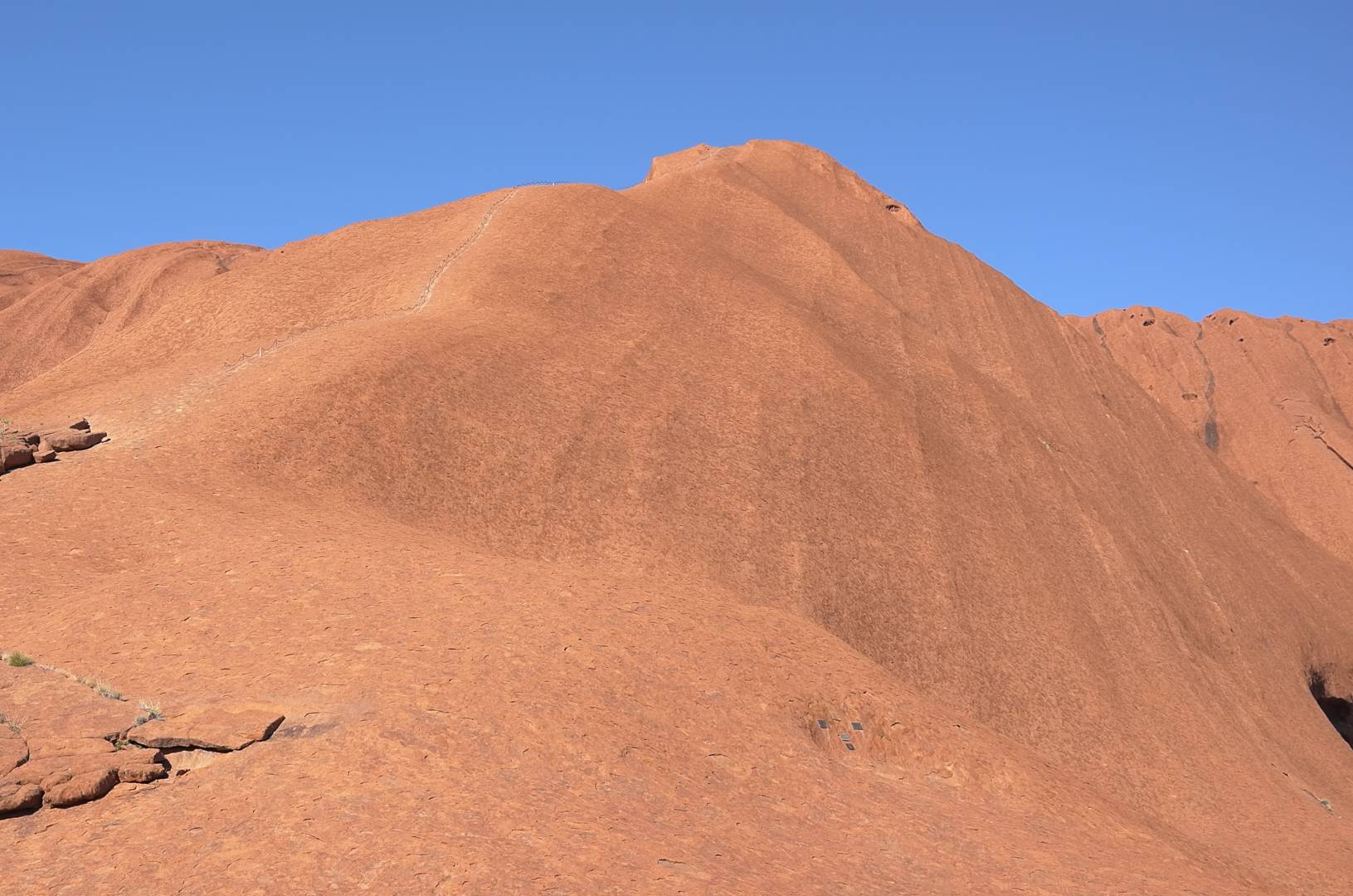
Selfies
There is a sunset viewing spot about two kilometres from the rock and tourists flock in their hundreds at sunset to photograph the rock change colour as the sun goes down. It is spectacular and nowadays it is even really peculiar as about 80% of the tourists stand facing away from the rock to take selfies of themselves with Uluru behind them. Fancy travelling all that way to take photos of yourself with the main attraction behind you. But at least it beats taking a selfie of yourself on the rock climb and stepping back and falling off and seriously injuring yourself as one tourist is reported to have done recently.
I was at Uluru three years ago but did not climb the rock. Knowing what I then knew about Aboriginal culture and beliefs I fully understood how and why they regard it as sacred. I was ignorant of the facts when I climbed the rock previously. Times have changed.
To those who question or even ridicule the Aborigines for holding the rock sacred, I say why can’t a piece of rock in the desert be sacred to one group when there are many examples of landscape features, including rocks, which are sacred to other groups and religions not to mention all the buildings which are held as sacred places?
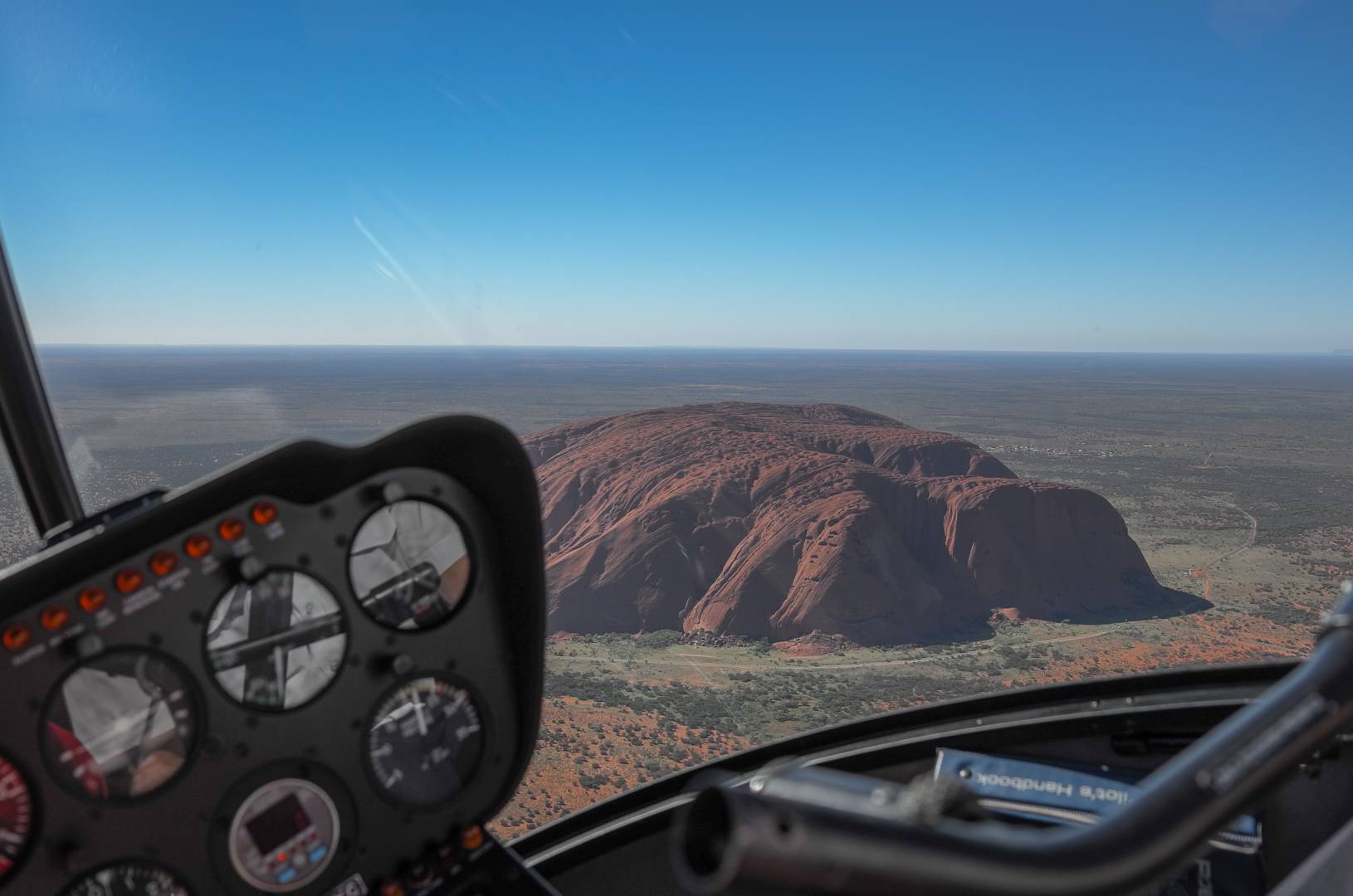
On my non-climbing visit to Uluru in July 2016, I did manage to take some more interesting pictures of the rock, including one or two from a helicopter. That July was particularly cold and my favourite rock photo from the trip was one with a heavy frost on the desert plants, with Uluru in the background as the sun was rising. No selfies for me. The photos from this 2016 trip have appeared on Macfilos previously but as the blog has grown in following in the intervening years I thought it worthwhile putting them into this updated story.
I used my Leica X Vario on that trip and as always it produced beautiful images. For me, it has become almost a sacred camera.
You can find more from John Shingleton at The Rolling Road. And on Instagram.
More articles by John Shingleton on Macfilos
Related articles
Uluru with two Leica Digitals
Subscribe to the Macfilos mailing list to receive one message at 8 pm London time from Monday to Friday with links to our latest articles. Your address will remain confidential and will not be used for any other purpose. You may unsubscribe at any time.

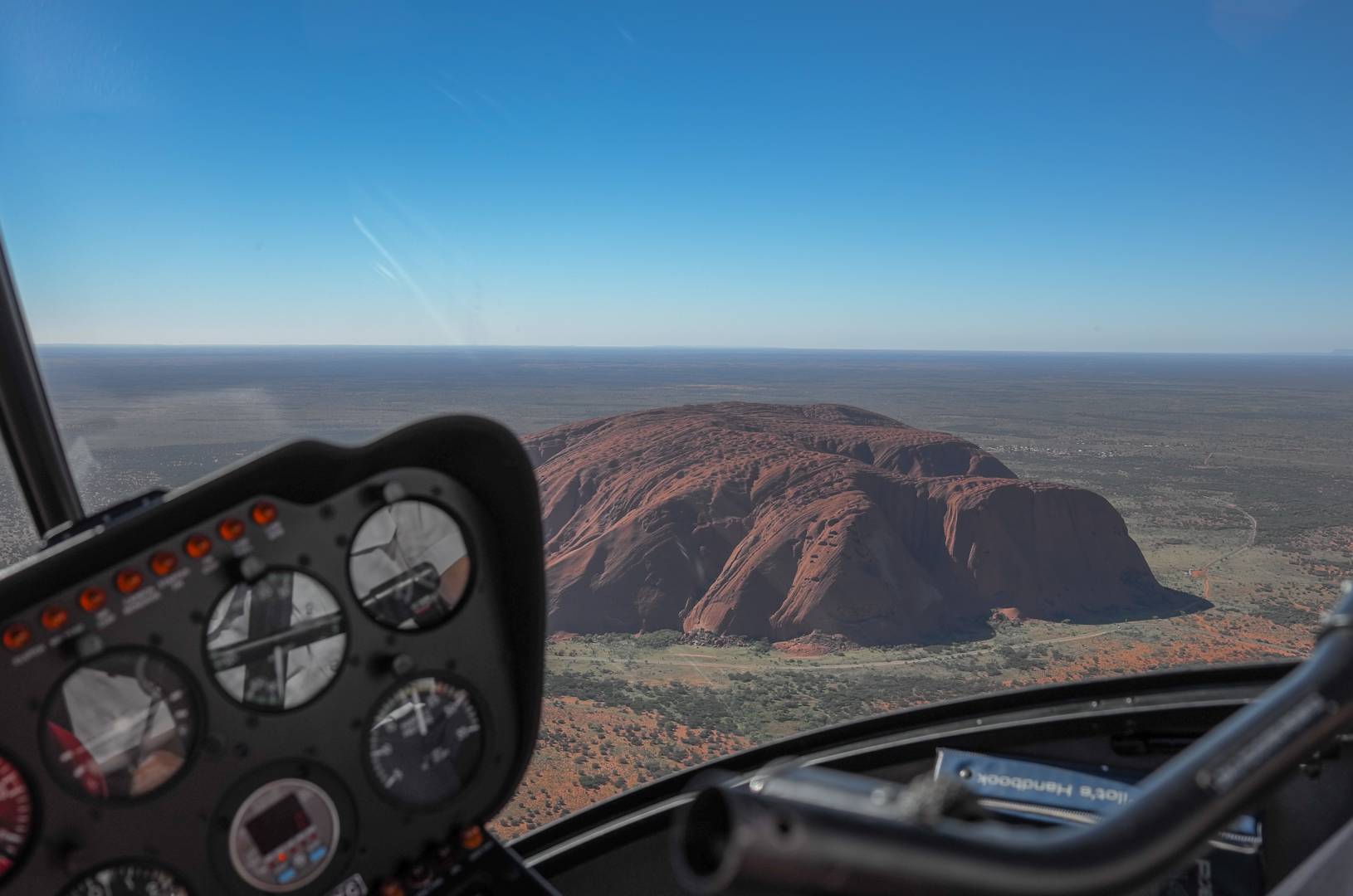
Excellent pictures and a thought provoking article, John. As Jean says, the first picture is lovely as you have captured the local environment and the “presence” of Uluru, distant but how mighty. However, the other images are of the same high standard.Well done!
I saw a picture of the last day before the ban came in with a string of tourists ascending Uluru in line – understandable but how we destroy the sights we come to see. This is true here in the UK too with some paths in the Lake District and elsewhere being eroded and widened by countless boots.
Thank you for portraying this wondrous sight at its very best.
I think spell correct is out to get me! That should be THAN I have seen elsewhere. Curse this modern technology!
Thank you John for this new and some fabulous photos. The first shot is a gorgeous example of subtle colour and the second is a much better illustration of the scale of Uluru. We who have never seen it in person have no sense of just how massive and awe inspiring it must be.
Reading about the struggles of Australia’s indigenous peoples strikes a chord with me as it would with many Canadians; we have our own issues with lack of respect for our indigenous peoples. We need to remember that they inhabited these lands for tens of thousands of years before us and did much more than survive in those environments. They deserve much more respect that we typically give them.
Sorry, I meant to say “a much better illustration of the scale that I have seen elsewhere”. Again, they are fabulous photos John.
Thanks for sharing John. I love the first image of the article. It’s a good thing that some places become sanctuaries as some of our fellow human beings are unfortunately most likely to spoil them and disrespect native beliefs. Looking forward to your Portugal article on Macfilos
Jean
Coming from the land of fairy forts, sacred wells and mass rocks, I can fully understand the feelings of the local people about the plague of tourists saturating their sacred place. There is a trade off economy-wise, but the value of everything cannot be measured in pounds, euros or dollars. Unfortunately, cheap planet polluting travel has meant that most beautiful or interesting places are now over-run by badly dressed selfie taking tourists taking and sharing the same photos that millions of others have taken. Most of them, as you point out, forget to look behind themselves to get the best shots, but if they all did that then there would be nothing original about the photos. All parts of the planet are suffering from this, from Machu Picchu to Venice to Paris and on to Dubrovnik. And don’t get me started on cruise ships. Being locked up at night on a ship with thousands of other tourists could make me homicidal. It is as though a mass ‘tourist disease’ has now infected the planet with increasing wealth in some countries and there is now manic serial travelling spreading across the globe often aimed towards the less wealthy parts of the world where ‘value’ is to be found. I know that you are a regular traveller yourself, but you tend to go to places where very few others have been (eg Myanmar, Romania and Oman, if I remember correctly) and that is the real challenge these days, to find places where nobody you know has been and to share photos of something that is really different and to experience very different cultures
Anyway, I would like to congratulate the people who took the decision about Uluru. I hope they enjoy the peace that will now descend on their sacred place.
William
I remember seeing a film in my teenage years, I think, called “Picnic at Hanging Rock” in which Ayer’s Rock was the setting. Correct me someone, if I’m wrong. In any case, thanks for these evocative images, John.
John, Picnic at Hanging Rock is a classic Australian film set at Hanging Rock in northern Victoria- a long way south of Uluru.
Whoops – autofill put in the wrong name . My cat is smart but not that smart. John
Thank you. Shows my northern hemisphere ignorance !
Certainly can understand Sacred and Life Saving aspects, and as people can still do their thing in the surrounding area, sounds like a good compromise. Just hope that tourist will still come and keep local economy going. Thanks for the trip.
Thank you for sharing this news – I agree that the loss of lives through either errors in judgement or sheer stupidity, plus the damage to the local area mean it should be off limits to visitors. After all as a race of beings we cannot be trusted to not just do it for the sake of it.
Anyway the world is flat, according to the scriptures of the late Terry Prachett. Apparently it rides upon the back of four elephants mounted on a giant turtle.
I just wish you’d posted a selfie with it in the background so I know what it looks like in those images.